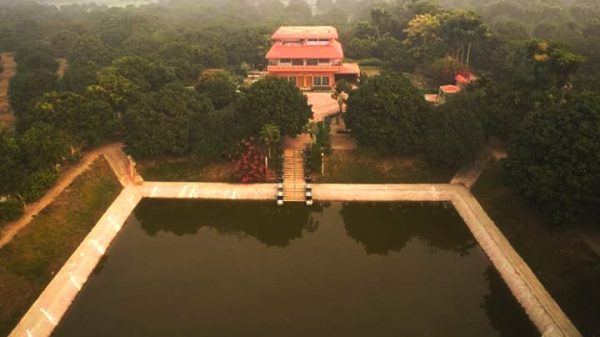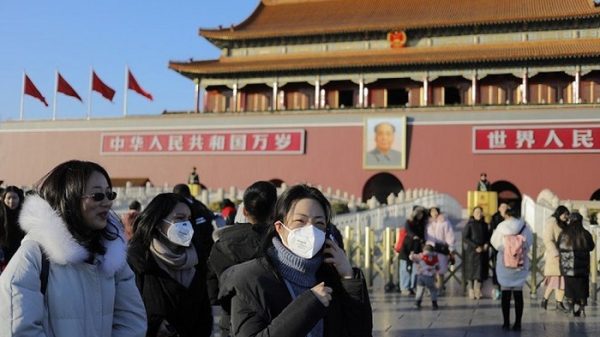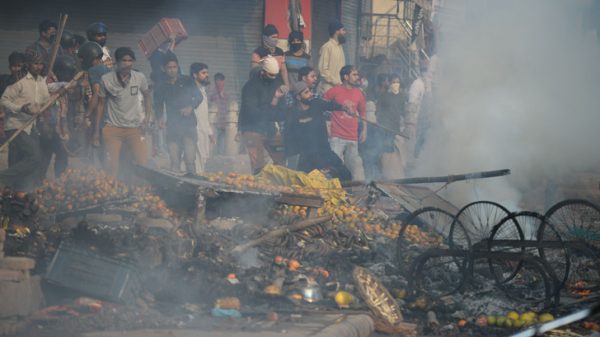Dhaka, Delhi need to effectively engage in easing border tension

THE clash between Bangladeshi and Indian villagers in the Shibganj border in Chapainawabganj over harvesting crops on no man’s land adds to the ongoing border tension resulted from India’s Border Security Force trying to erect fences on the zero line in violation of laws and agreements. Hundreds of villagers from both Bangladesh and India clashed in the morning of January 18 along the Chowka border that left at least three Bangladeshis injured. According to witnesses, Indian villagers, along with Indian border guards, entered the Bangladeshi territory and tried to pick up a few Bangladeshis, accusing them of harvesting wheat on a piece of land owned by an Indian at night on January 17. Nearby Bangladeshi villagers protested at the attempt, resulting in a scuffle. After the scuffle, as witnesses say, Indian villagers, along with BSF guards, again entered the Bangladeshi territory and felled about 200 mango and plum trees on fields inside Bangladesh, sparking immediate protests from Bangladeshis. Villagers of both the countries chased each other, brandishing sharp weapons and throwing sticks and stones at each other. The Indian guards reportedly fired teargas shells and explosion of crude bombs were heard.
Tension on the border earlier erupted on January 8 after the BSF began constructing fences in violation of laws and agreements that stipulate that no permanent structures or fences, except for agricultural activities, can be placed within 150 yards of the border pillars of either country without mutual consent. Tension has, in fact, been mounting since the final week of December 2024 over fence construction. The Indian force tried to construct barbed-wire or iron electric fences along the border in Lalmonirhat, Chapainawabganj and Naogaon. While the Indian guards stopped the construction of fences in the face of protests by and flag meetings with the Bangladesh guards at some places, they have ignored calls for flag meetings at other places. Bangladesh guards earlier halted the BSF attempts at erecting fences on no man’s land at Dhamoirhat in Naogaon while a tense situation continues at Patgram in Lalmonirhat as the Indian force has constructed a four feet high barbed-wire fence on a stretch of about a kilometre and a half on the zero line. Such a situation poses a threat to the improvement in bilateral relations, which suffered a significant blow from India’s unabashed support for the authoritarian regime of the Awami League and sheltering Awami League president and former Bangladesh prime minister, ousted by a student-mass uprising on August 5.
When both Dhaka and Delhi have expressed and are reportedly working on the improvement in bilateral relations, tension along the border over India’s border fencing and high-handedness contribute to an anti-India sentiment in Bangladesh. Indian authorities should, therefore, take note of it and follow border protocols, international laws and bilateral agreements. Dhaka should adequately voice its concern and engage Delhi in easing border tension.

























Leave a Reply